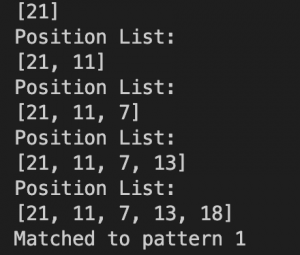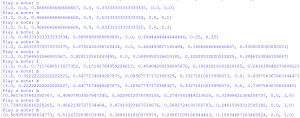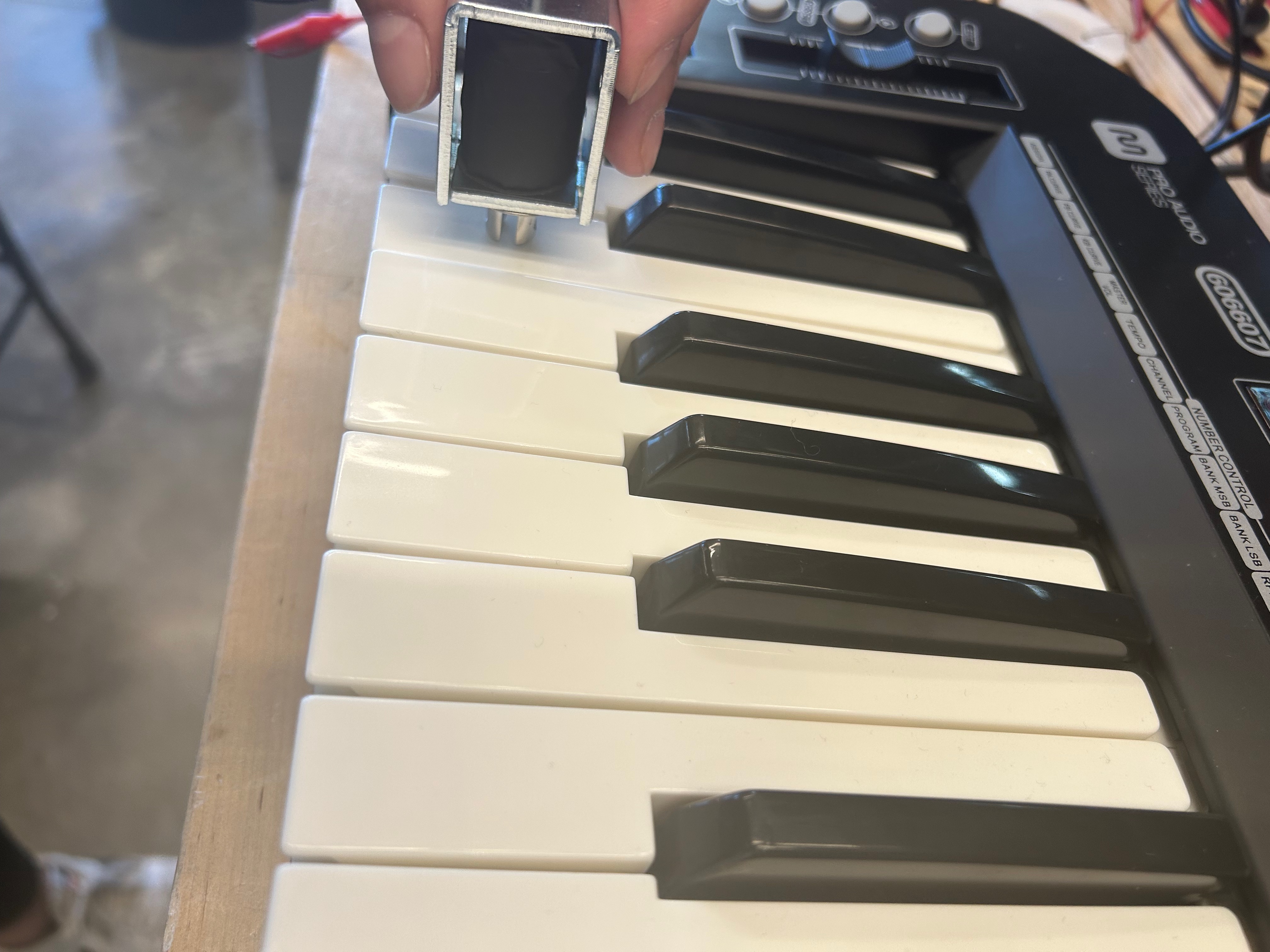What are the most significant risks that could jeopardize the success of the project? How are these risks being managed? What contingency plans are ready?
HW: I am a little concerned about my lack of ability to implement this hw system without burning components and possibly running out of money. Also, for some reason, when I soldered the components to the proto-board, it wasn’t working as well. Unclear why that was happening though. For now, we are using the breadboard.
SW: I am concerned about creating the dataset needed to detect my symbols. However, my contingency plan is using the color detection that is already working if I can’t get that to work.
Music SW: I’m vaguely worried that in changing a lot of things around both for integration and improvements that I may break the code, leading to large delays without rollbacks. I have been backing up my code, but I’m not satisfied with its current performance.
Were any changes made to the existing design of the system (requirements, block diagram, system spec, etc)? Why was this change necessary, what costs does the change incur, and how will these costs be mitigated going forward?
HW: I originally wanted to solder my components but for the upcoming demo, we will just use the breadboard to do it. There is no change in cost.
SW: I changed how we detect movement, because using color was hard if there were any colors in the background and colors on the perosn’s clothes. Now I am trying to use symbols. No additional costs.
Music SW: I changed a lot of the internal working of the code, mostly for ease of representation and modularity, but overall it has not changed any large portions of the project.
Provide an updated schedule if changes have occurred.
HW: N/A
SW: I can’t upload photos in WordPress for some reason… It is just giving an error. But we had my schedule end now anyways so I am just adding a week for symbol detection and creating the mounting system, and the following week for more advanced feedback using the symbol detection.
Music SW: My schedule has an added week for code refinement, but overall it has not changed much.




